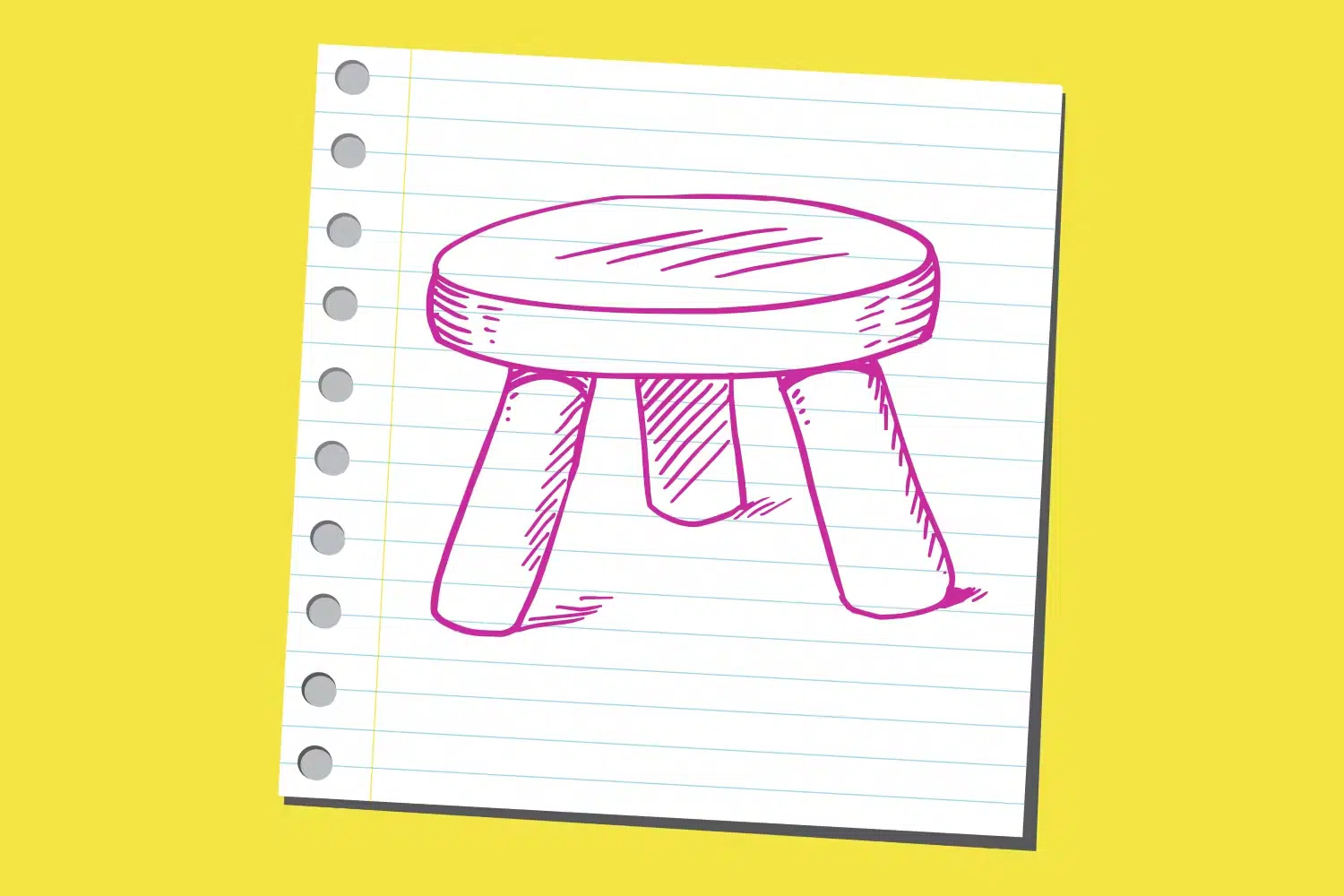
Build Your Timeline to Financial Stability

If you’ve been reading our Take Control of Your Finances series, you might be wondering what you can do to start building your financial roadmap. Sometimes, the entire journey can be hard to even imagine—what does financial success look like to you? The steps towards financial freedom don’t happen all at once, which may leave you to wonder: when does it all happen?
Mapping out a schedule can help you visualize the entire process and make it seem a little less overwhelming. In this article, we’ll break down a helpful tool that you can use to do this: the Gantt chart. We’ll show you how to build one and how to use it to your advantage.
What is a Gantt chart?
A Gantt chart is a visual project management tool that can simplify timelines and schedules. It’s a type of bar chart that shows tasks scheduled over time. It can help you better see when you need to focus on certain tasks, which tasks will be coming up soon, and which ones are further down the line.
When a Gantt Chart is used in project management, you’ll typically see a breakdown of time across the horizontal axis. On the vertical axis, you’ll see a list of tasks you want to achieve. For each task, you’ll put a bar that represents when you will start a task and how long it will take. It’s okay if some tasks overlap, but they shouldn’t all be stacked on top of one another.
Building a financial timeline can feel overwhelming, but a Gantt chart gives you a broad overhead view of when you may be hitting big financial milestones.
How to Create Your Financial Gantt Chart
Here’s how that chart will translate with your financial goal setting. To start, you’ll need a few things:
- Your budget
- A notepad
- A pencil
- A calculator for some basic math
- A printed out blank Gantt template or digital program to help you create one
We used this guide to make our example charts in PowerPoint. Excel has a great template too, and Smartsheet has made some great templates using Google Sheets! Once you’ve gathered your supplies, it’s time to get to work.
1. Set Your Tasks
To build your Gantt chart, you need to first list the goals that you want to achieve. Write these down on a vertical list.
Try to get as granular as possible with your goals. For example, if you have multiple debts you want to pay off, be specific. Don’t list “pay off debt”— break it down into “pay off student loan”, “pay off balance of credit card #1”, “pay off balance of credit card #2”, etc. For saving goals, be specific about what you want to save for, whether it be an emergency fund, a new car, a house, or anything in between.
2. Organize Your Goals by Priority
Once you have your goals, organize them by priority. It’s important to be realistic with yourself about what should come first. For example, you may want to start saving for a home down payment, but realistically, you probably won’t be able to do that until your debt is mostly paid off.
3. Fill Out Your Gantt Chart
Next, you can transfer this information onto the vertical axis of your Gantt chart. The highest priority items should be at the top and work your way down. On the horizontal axis, break down a timeline in increments. Biweekly or monthly increments are a good place to start. If you anticipate your goals may take a few years to achieve, space out the chart in six-month increments.
4. Set Your Timeline
Next, go down your list of tasks and mark start dates and how long it might take you to achieve those milestones. As you fill it out, your timelines should be moving further and further to the right.
Setting your timeline will likely take the longest because you’ll need to calculate how long it will take to reach goals. For example, if you want to pay off $5,000 in debt, you shouldn’t say that that will take 2 months unless you’re prepared to put $2,500 a month towards it. A more realistic expectation may be to put $200 a month towards your debt, which would take 25 months to pay off at that rate.
This is why you’ll need to do your budget before you create a Gantt chart. A budget will allow you to see exactly how much money per month you can afford to put towards your goals.
Using Your Financial Timeline
Once you have your chart finished, don’t put it in a drawer that will never see the light of day. Your timeline will only be helpful if you use it! Refer to it often to track your progress. Mark off financial goals as you complete them and celebrate your victories!
Like a budget, your timeline doesn’t have to be set in stone. There will likely be hiccups along the way that set you back or cause you to put your efforts on pause. If you’re behind schedule, adjust your chart accordingly. Doing so can give you the motivation to pick back up and continue where you left off.
Visualize Your Way to Financial Freedom
A Gantt chart is just one method that you may use and is by no means the only way to create a timeline for your financial goals. This is meant to be a helpful tool, but if it doesn’t work for you, your financial situation, or your goals, that’s okay! There’s no need to force it.
If Gantt charts aren’t working for you, try a different method of visualizing your plan! You can use a basic timeline, a chart with notes, or even just a simple list to help get you started. The internet is filled with a lot of resources on financial planning. With a little searching, you might find a visual or timeline method that works better for you.
Financial plans may not be the most thrilling thing on the planet, but achieving your financial goals definitely is a major plus! Whether you’re saving for a big goal or climbing out of debt, a visual chart can give you the overhead view you need to keep you on the right track.
Looking for a new credit union?
Become a member today!


